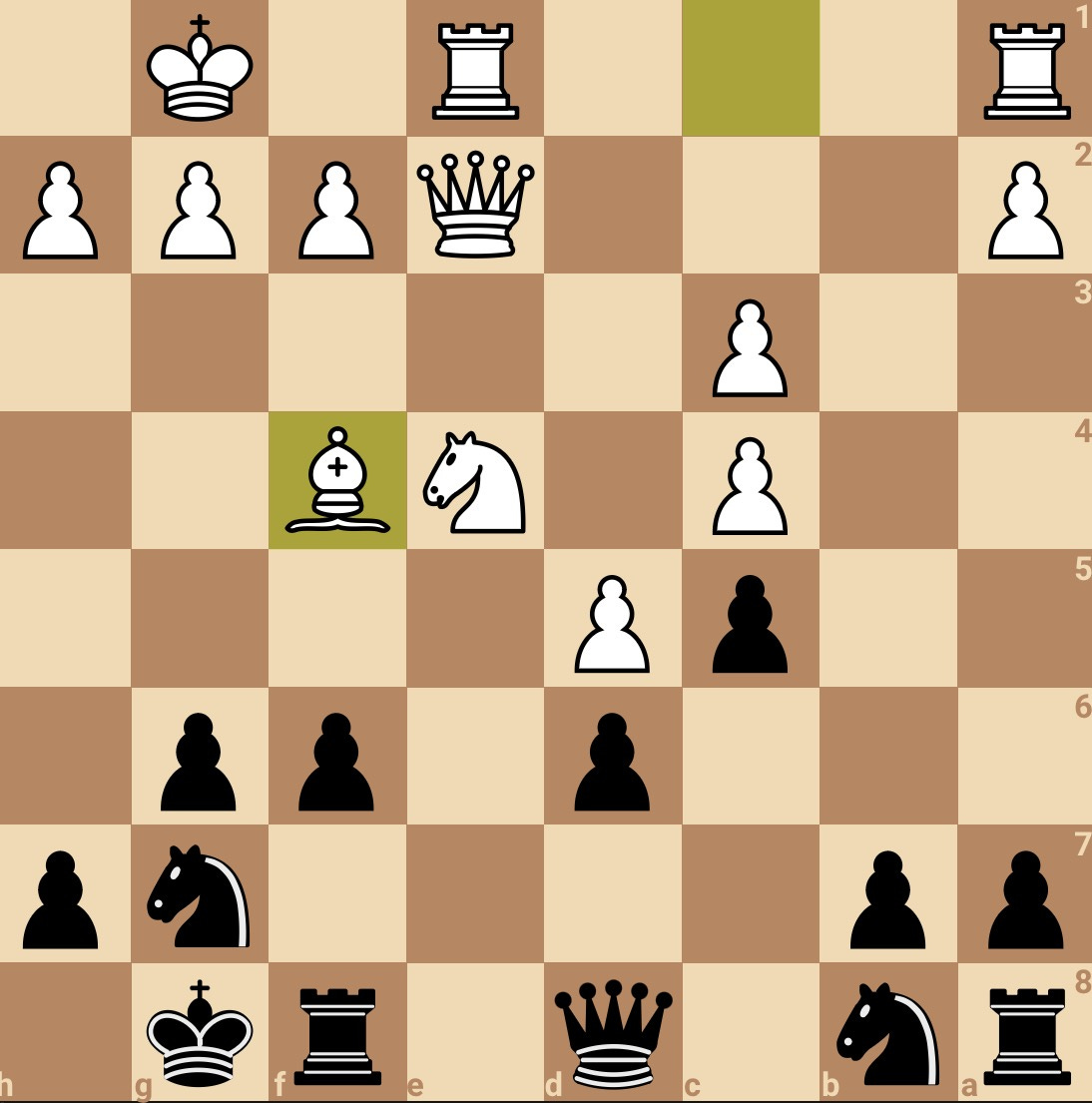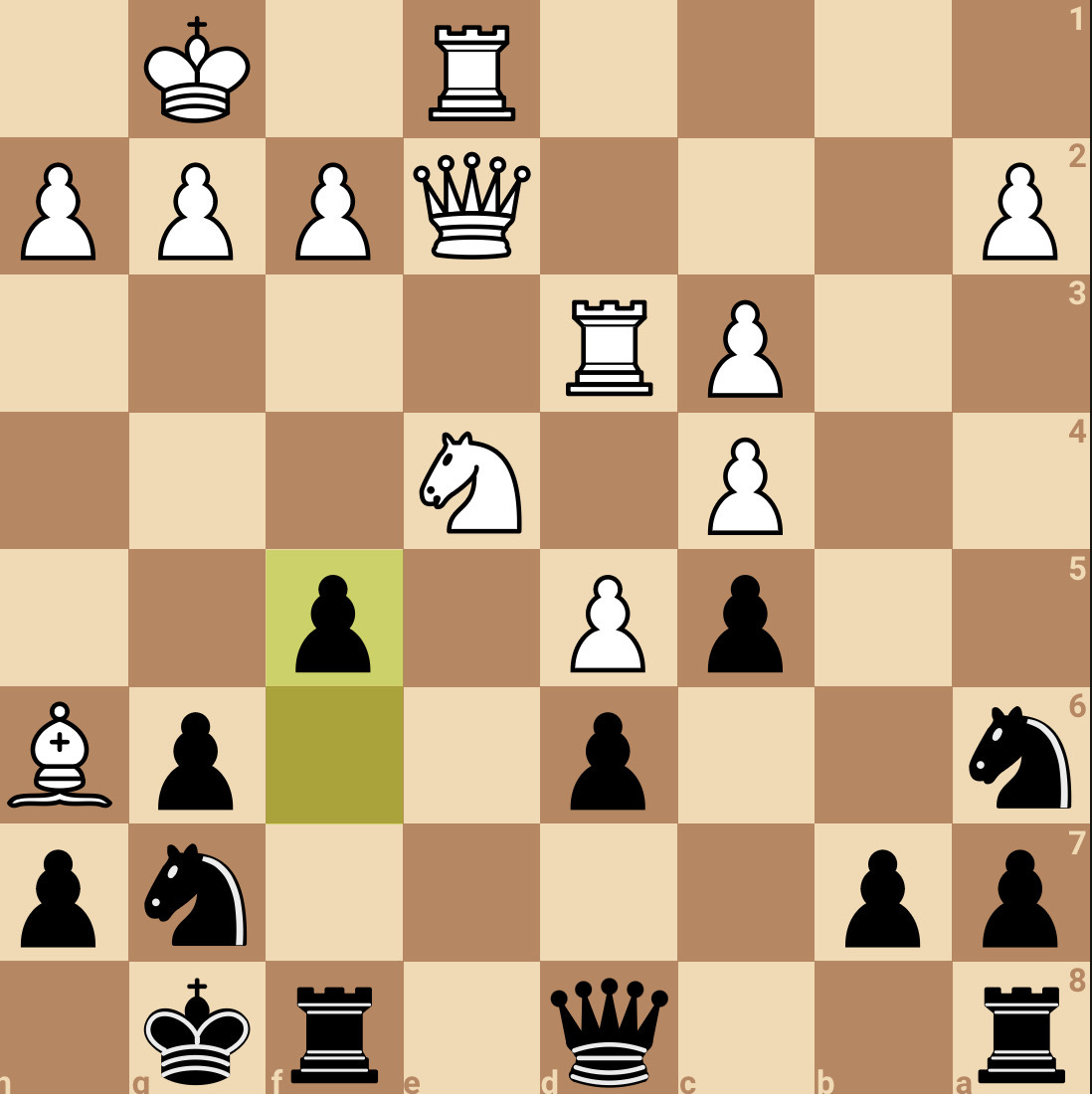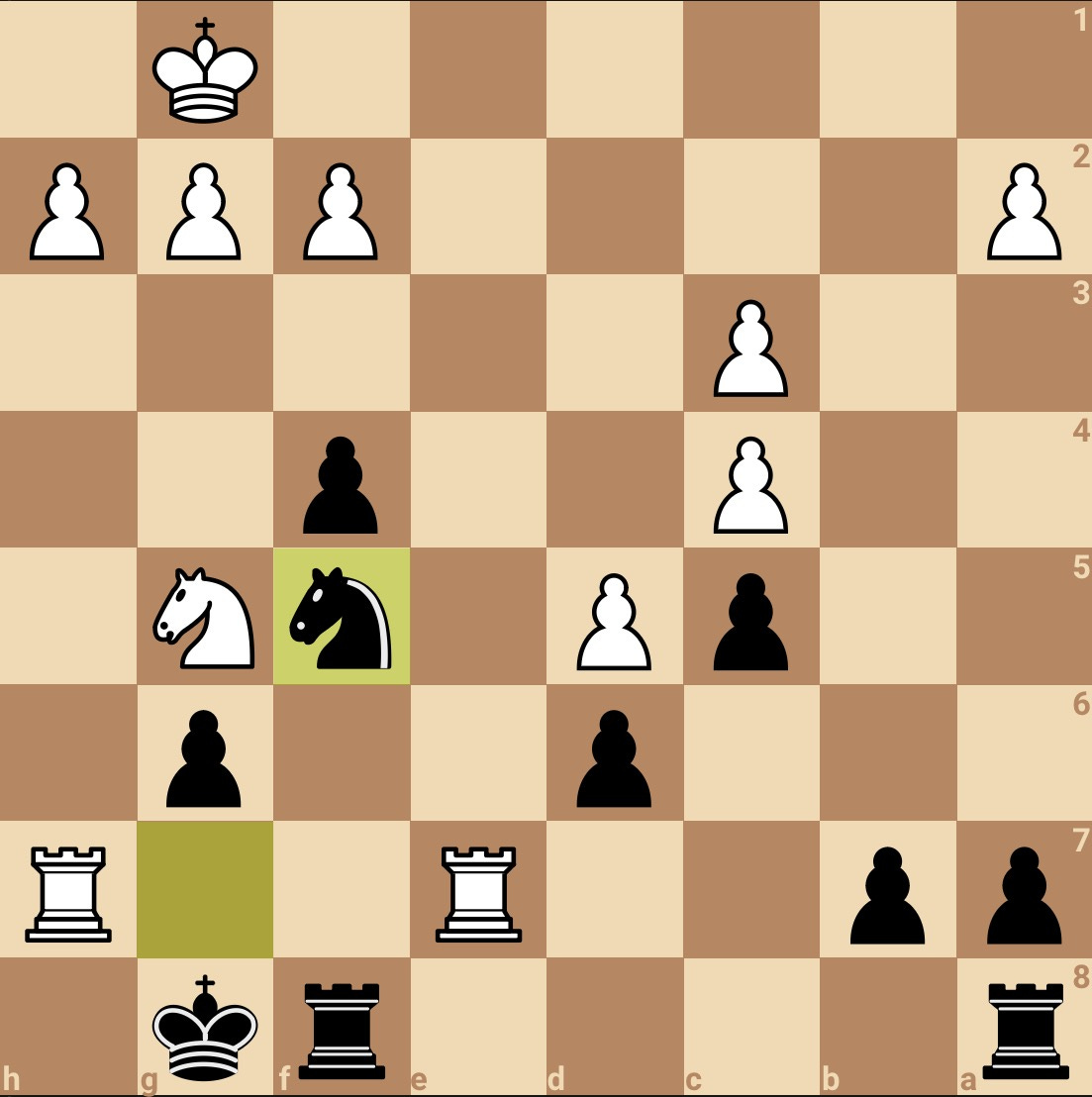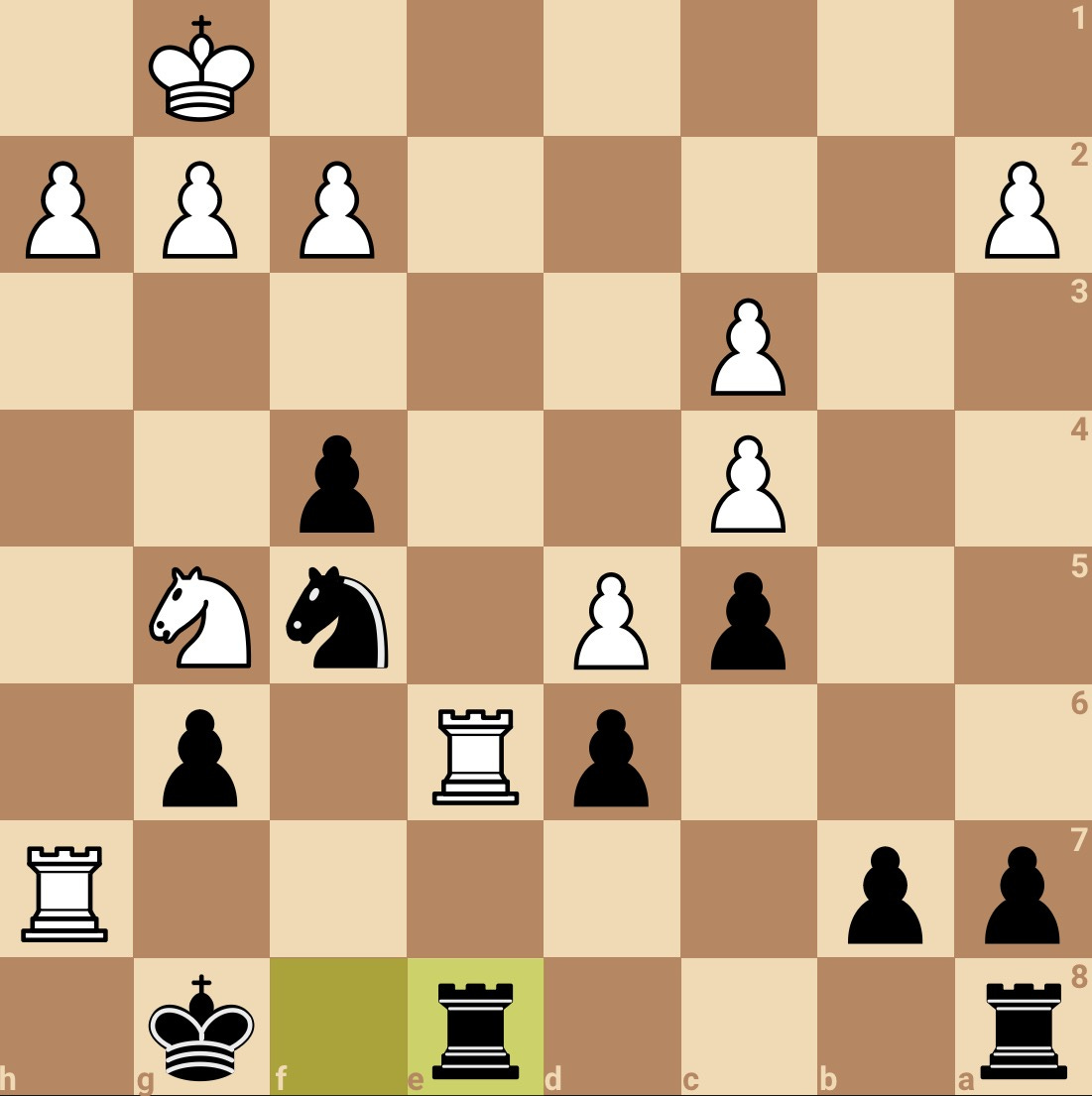Last time we looked at Fischer v. Fine, in which a 20-year-old Bobby Fischer put the boots to 50-year-old Rueben Fine. Today we study another harrowing incident of elder abuse, in which a 20-something José Raúl Capablanca demolishes Jacques Mieses, then in his late 40s.
If you’ve done your homework, you’ve already gone through the game a few times and drafted a plain-language summary of what happened. (If you haven’t done that yet, do it before proceeding.)
There are a lot of lessons you can draw from this game, but some of the most important concern weak squares. This can be a confusing topic. No less a grandmaster than the great David Bronstein once said, “I have long suspected, when the books I have read began discussing darksquare weaknesses or an attack on the dark squares, that the subject under discussion was not only beyond my understanding, but beyond the authors as well.”
Thankfully, Capablanca’s game against Mieses provides an exceedingly clear example of weak dark squares and how to exploit them. As you consider the following positions and questions, try to pay extra attention to the decisions Mieses makes—especially exchanges and pawn moves—that contribute to the weakness of the dark squares around his king.
Although weak dark squares are the overwhelmingly dominant theme in this game, it also contains a beautiful example of a zwischenzug—an in-between move. Keep an eye out for it and consider how it contributes to Capablanca’s winning attack.
On to the positions.
Position 1:
Mieses has played the Benoni defense and it is Black to move. What are Black’s biggest positional assets? What are White’s? What positional opportunities are up for grabs?
Which pieces are already on good squares?
Which pieces can easily move to good squares?
Which pieces will have difficulty finding good squares?
What pawn weaknesses does Black have? What pawn weaknesses does White have? Whose are more significant?
Position 2:
Following Position 1, play continued 9…Ne8, 10. Re1 Bg4, arriving at this position. Which pieces are on good squares?
Which pieces can easily move to good squares?
Which pieces will have difficulty finding good squares?
If White could remove any two of Black’s minor pieces at the cost of removing two of his own minor pieces, which four pieces would White remove from the board?
Position 3:
What are White’s pawn weaknesses in this position? How easily can Black attack those weaknesses?
What are Black’s pawn weaknesses? How easily can White attack those weaknesses?
What is Black’s worst piece? What squares can it move to? What are the pros and cons of moving to those squares?
Position 4:
White has just played 15. Bf4, adding a second attacker to Black’s d6 pawn. After 15…Ne8, defending the pawn, play continued 16. Bh6 Ng7. White could have reached the same position by playing 15. Bh6 directly. Does White gain any advantage by playing Bf4 first? What is it and how does he use it?
Does White have any outposts? Does Black? When and how were they created?
Position 5:
Black has just played 18…f5. Is this move good or bad? Why?
How many outposts does each side have? Are any of them more or less exploitable than before 18…f5?
Can you suggest a better move for Black?
Position 6:
The game is almost over. White’s rooks have both infiltrated Black’s position, and Black will soon be checkmated or face a devastating loss of material. What are the life stories of White’s rooks? How did each of them become so beautifully placed?
Black’s rooks, in contrast, never moved (besides when Black castled). What choices did Black make that kept his rooks from entering the game?
Position 7:
Black’s position is hopelessly lost, so he plays for one last trick, no doubt hoping that Capablanca will play a mouse-slip. Since this was an over-the-board game and the first computer mouse would not be invented for another 50 years, the ploy was unlikely to succeed. But supposing it did, what would White’s worst move be here?
In the real game, Mieses allowed mate in two from this position. With best play, the position is actually mate in three. How could Mieses have prolonged his agony by one more move?
Next Steps
After you’ve thought through these questions, revisit your factual brief to see if there are material facts you omitted. Update it accordingly.
There’s no need to post all your answers (though you can if you want to). The primary value here is that you practice thinking rigorously about chess positions. But if there are particular answers you’re unsure about, definitely feel free to put them in the comments and we can try to figure it out.
Finally, if you learned something from this game (or two or three things) write it in the comments below!











